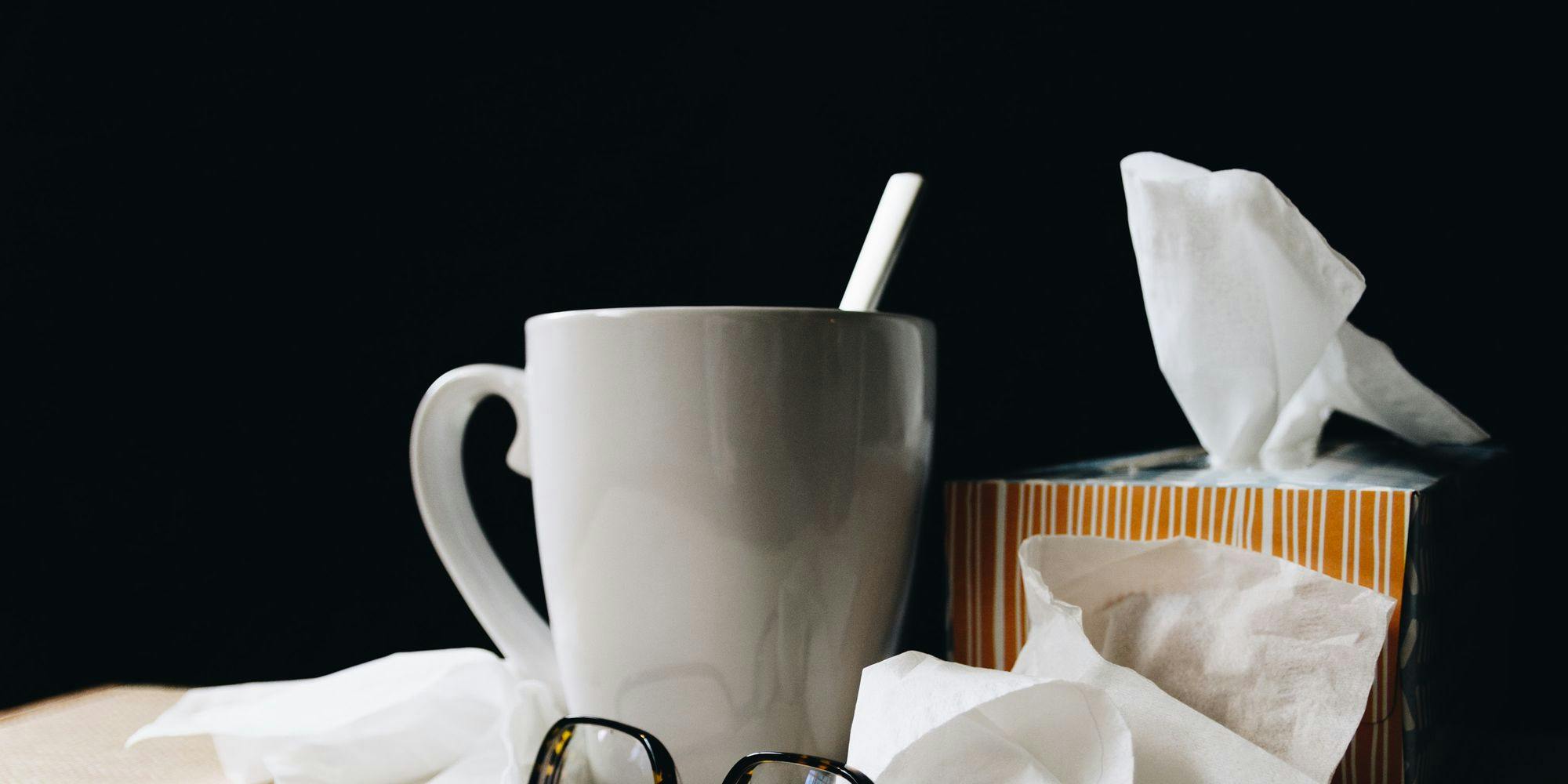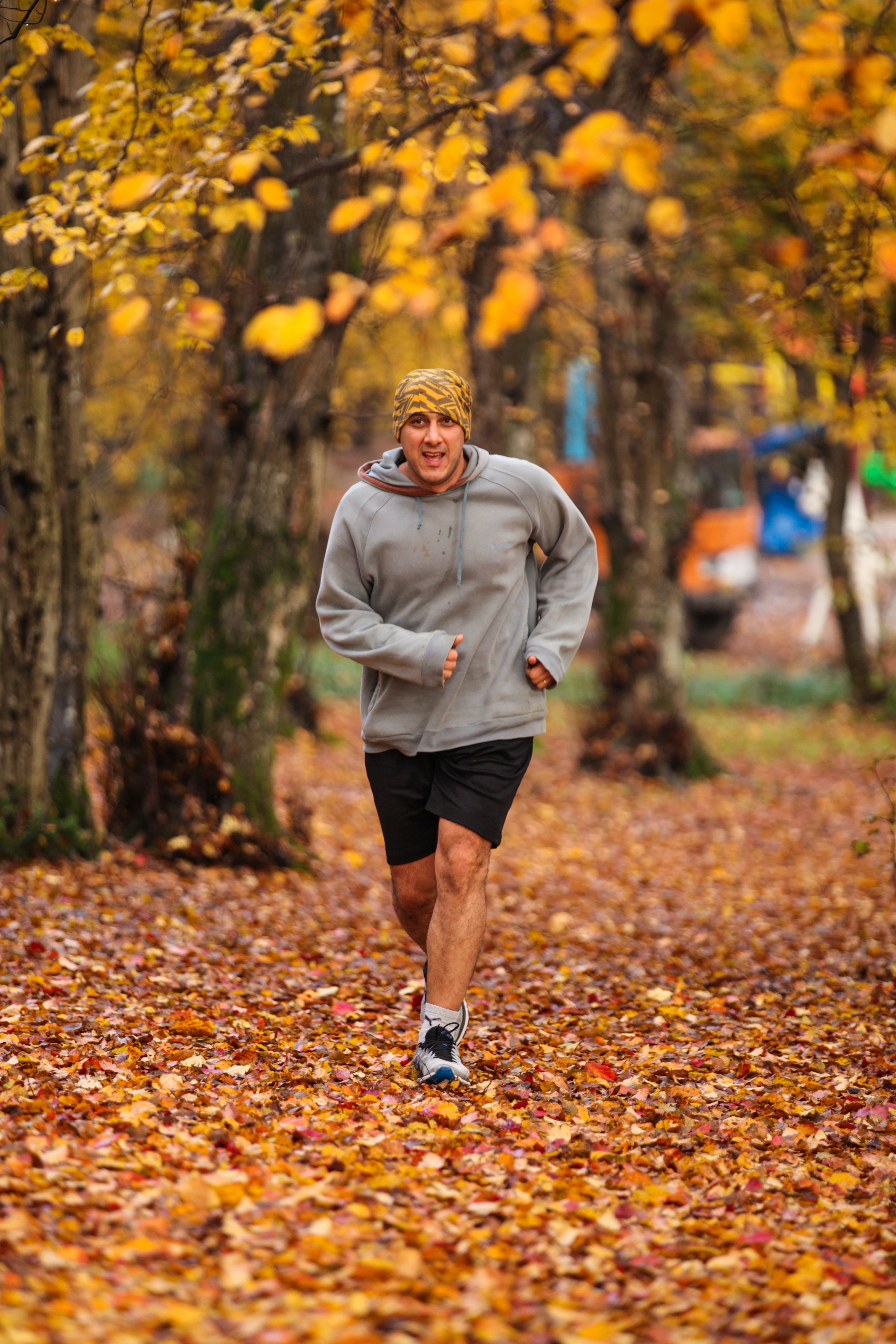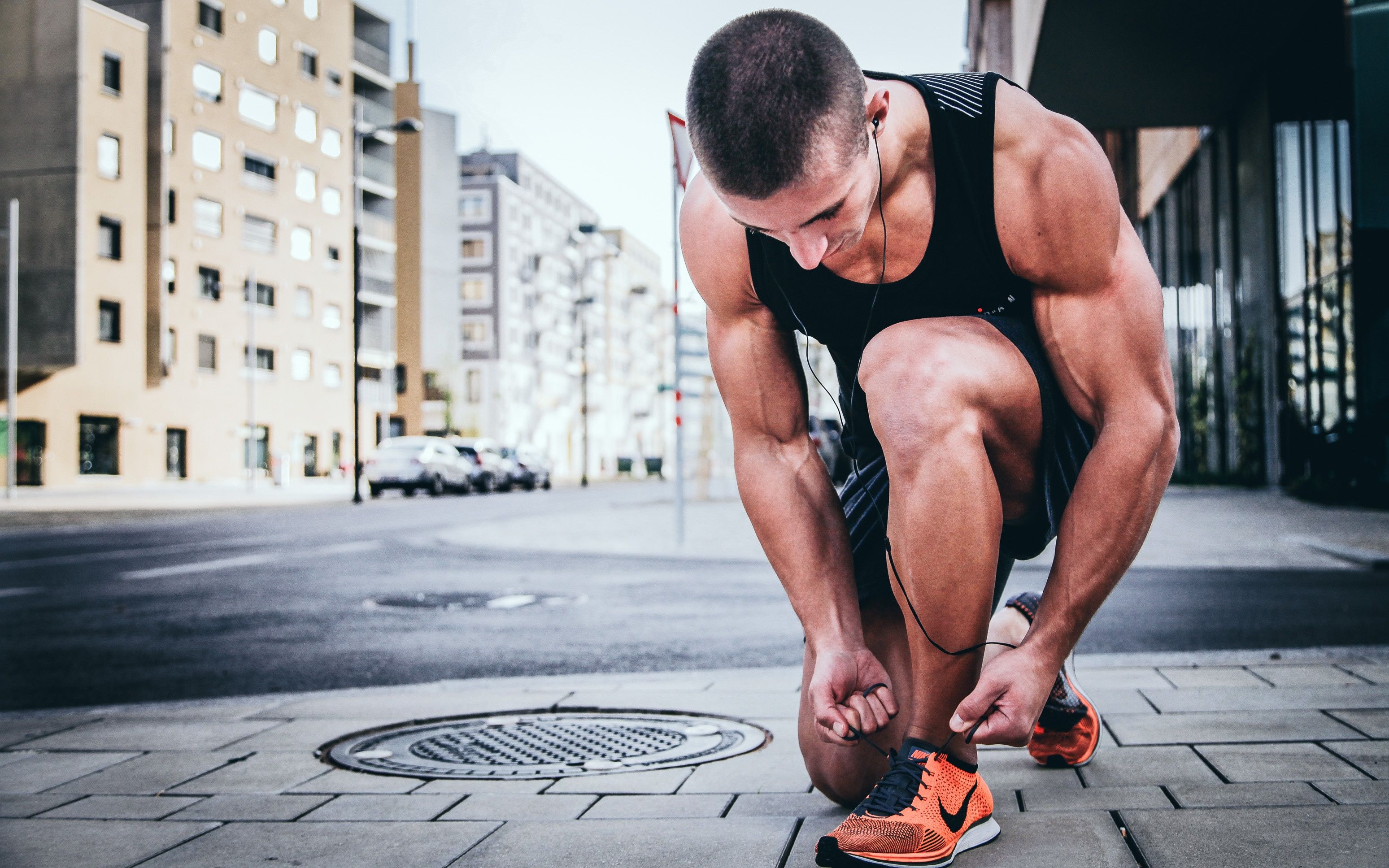Exercising with a Cold: How to Stay Active Safely and Speed Up Recovery



For many people, getting a cold in the fall is common. Conditions that are favorable for the transmission of cold viruses may be created by the change from the hot summer months to the cooler fall season. People frequently contract colds in the fall for the following reasons:

- Weather Variability: Fall is a season characterized by shifting temperatures. It could be warm one day and freezing the next. As a result of these temperature swings, people may become more prone to infections and have weakened immune systems.
- Indoor Crowdedness: As the temperature drops, individuals are more likely to spend time indoors together. The spread of viruses, including the common cold, can be facilitated by the increased indoor crowding.
- Back-to-School Season: In the fall, students return to college and institutions after the summer break. Schools can be a haven for viruses because of the close contact that children have and the ease with which germs can spread.
- Dry Air: Both indoor and outdoor humidity levels are typically lower in the fall. The mucosal membranes in the respiratory system can become dry from dry air, which makes it simpler for viruses to enter the body.
- Weakening Immune Reaction: According to certain research, the body's immune reaction may be a little bit weaker as summer gives way to autumn. Individuals may become more vulnerable to infections as a result of this immune system deterioration.
Consider the following preventive actions to lower your chance of getting a cold in the fall:
- Frequently wash your hands with soap and water, especially after being in busy areas or handling potentially contaminated surfaces.
- Maintain proper respiratory hygiene by using your elbow or a tissue to cover your mouth and nose when you cough or sneeze.
- Keep up a healthy lifestyle by exercising frequently, eating a balanced diet, drinking plenty of water, and getting enough sleep.
- To protect yourself from seasonal influenza, which might resemble the symptoms of a cold, think about getting a flu vaccination.
- To stop the spread of illness to others, stay at home if you're feeling under the weather.
- Adding moisture to indoor air with a humidifier can help avoid respiratory dryness.
Although it's normal to develop a cold in the fall, keep in mind that using preventive measures and maintaining excellent hygiene can help lower your risk and lessen the severity of illness if you do catch it. Consult a healthcare provider if your symptoms are severe or ongoing so they can be properly assessed and treated.

How do colds affect the ability of bodybuilder to exercise?
The degree to which a cold affects a bodybuilder's capacity to work out varies primarily on the illness's intensity and the particular symptoms felt at the time. How a cold may impact a bodybuilder's fitness program and danger of exercising with flu are as follows:
- General Fatigue and Weakness: As the body expends energy and resources to combat the virus, colds frequently cause general fatigue and weakness. Because of this, it may be challenging to maintain the intensity of a standard bodybuilding session due to a lack of energy and decreased stamina.
- Muscle Soreness: When ill, bodybuilders may suffer more muscle soreness. This is because adding the stress of heavy lifting might worsen soreness and discomfort since the body is already under stress from combating the infection.
- Respiratory Symptoms: Coughing, chest congestion, and nasal congestion are typical symptoms of colds. These respiratory symptoms can make it difficult for bodybuilders to breathe normally when exercising, which can have an impact on their performance, particularly in activities like cardio and heavy lifting that demand strong lungs.
- Dehydration: When fighting an infection, the body produces more mucus, has a higher metabolic rate, and can become dehydrated. For both recuperation and maintaining workout performance, staying hydrated is crucial.
- Overtraining Risk: Working out while having a cold can increase overtraining risk. When the body is overworked without enough rest, overtraining occurs, which can further compromise the immune system and prolong the sickness.
- Contagiousness: Working out in a public gym or fitness center with flu increases the risk of infection. To avoid spreading the illness to others, it's polite to stay away from the gym during this period.
Given these difficulties, bodybuilders should normally adjust their exercise schedule or, in some situations, temporarily miss sessions while they have a cold. Here are a few advices:
- Pay attention to your feelings; listen to your body. It's important to rest and let your body heal if you have severe symptoms, such as a high fever, excessive exhaustion, or trouble breathing.
- Lower Intensity: If you choose to work out while feeling a little under the weather, lower the intensity and length of your exercises. Choose fewer sets, lighter weights, and a lower aerobic intensity.
- Keep hydrated: Dehydration can result from illness, so drink plenty of fluids to stay hydrated.
- Rest and Recovery: Give sleep and rest a priority. The immunological response of the body and general recuperation depend on getting enough sleep.
- If you're in the middle of a regimented bodybuilding program, think about taking a deload week to give your body time to heal completely.
Ultimately, it's critical to put your health first while you have a cold and avoid putting your body under more stress or running the risk of consequences. If you're wondering whether it's okay to exercise while you're ill or if you have any underlying medical issues, speak with a healthcare provider.
The most effective exercises to perform while contagious
It's typically advisable to give rest and recovery first priority when you have a cold. However, if you want to work out and feel up to some light exercise, think about low-intensity workouts that won't put more stress on your body. Some of the top exercises to perform exercises while sick with cold are listed below:
- Walking: You can get some light cardiovascular exercise without overexerting yourself by taking a short walk outside. Mild exercise and access to fresh air might also help relieve congestion.
- Yoga: Pose variations that are gentle or restorative can assist increase flexibility, lower stress levels, and encourage relaxation. Avoid doing challenging yoga poses that demand a lot of energy and effort.
- Stretching: To preserve flexibility and ease muscle tension, concentrate on gentle stretching activities. Stretching can also aid in easing some of the pain brought on by cold symptoms.
- Tai Chi: Tai Chi is a low-impact exercise that combines deep breathing with slow, flowing movements. It can aid in enhancing balance, lowering stress levels, and fostering relaxation.
- Low-resistance cycling on a stationary bike can be done for a light cardiovascular workout if you have access to one. Compared to cycling at a high intensity, this is less physically demanding.
- Swimming: If your symptoms are minor and you are an experienced swimmer, swimming in a cozy heated pool can offer a light full-body workout. But if you have a fever or severe respiratory symptoms, stay out of the water.
- Bodyweight workouts: You may retain some muscle tone without putting too much stress on your body by performing light bodyweight exercises like squats, lunges, and gentle push-ups. Reduce the intensity and refrain from exerting too much effort.
- Deep Breathing Exercises: Use deep breathing exercises to help your lungs function better and to get rid of congestion. Particularly helpful is diaphragmatic breathing.
How soon to exercise after flu?
Exercising after recovering from the flu should be approached with caution, as your body needs time to fully heal and regain its strength. The exact timing of when to resume exercise after the flu can vary depending on the severity of your illness and how your body responds to recovery. The timing of when to exercise after the flu depends on your individual recovery. It's essential to wait until all symptoms have disappeared and then start slowly and gradually increase the intensity and duration of your workouts. Always prioritize your health and well-being, and if you have any doubts or concerns, consult with a healthcare professional for personalized guidance.

When exercising while sick with a cold, it's important to pay attention to your body. Stop exercising right away and concentrate on rest and recovery if you notice any worsening of your symptoms, excessive exhaustion, or breathing problems. Stay hydrated, get enough of rest, and think about talking to a doctor if you're unsure whether exercising while experiencing specific cold symptoms is safe. Keep in mind that your body needs time to heal, and pushing yourself too hard can make your recovery take longer.

